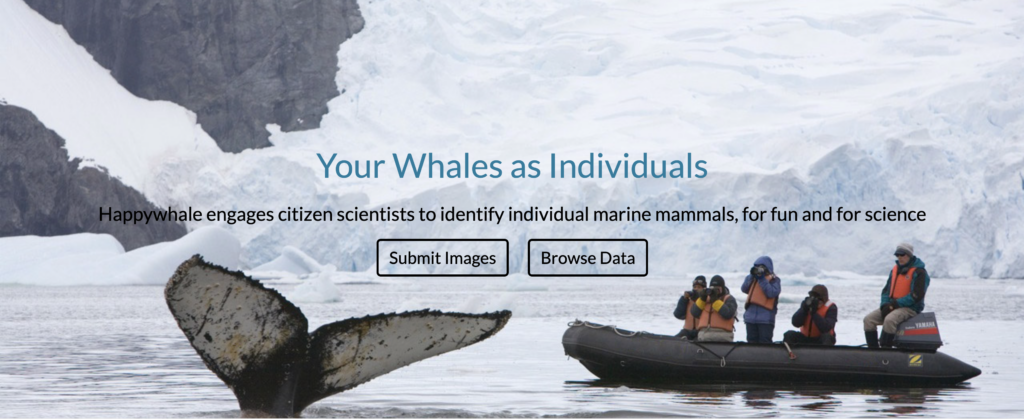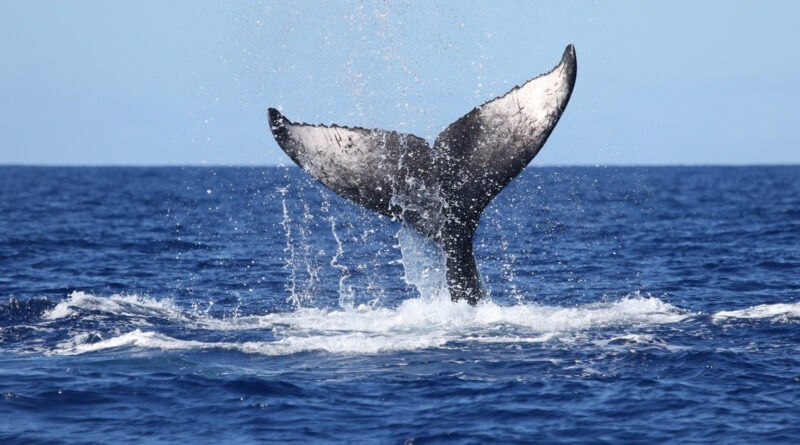AI Helps Link Humpback Whale Population Shifts to Climate Change
Artificial intelligence is revolutionizing whale research and providing critical insights into the impact of climate change on marine life, according to a groundbreaking study published in the journal Royal Society Open Science.
The study relied on a large library of imges from the UH Hilo Marine Mammal Laboratory and the UH Mānoa Marine Mammal Research Program. Ted Cheeseman of the Marine Ecology Research Centre at Southern Cross University, utilized advanced image recognition algorithms to match photographs of humpback whales with scientific collections, enabling researchers to track whales globally with unprecedented efficiency.
“We use state-of-the-art image processing algorithms to match whale photos with scientific collections. This newly developed efficiency now makes global whale tracking more possible than ever,” Cheeseman told University of Hawaii News.
Cheeseman, the study’s lead author, is also behind citizen scientist website Happy Whale.

By analyzing a dataset of over 30,000 whale tail images, the largest ever assembled for a cetacean, researchers estimated the annual ocean-basin-wide abundance of humpback whales in the North Pacific from 2002 through 2021. The study revealed a troubling shift from strong post-whaling era population recovery to a 20% decline from 2012 to 2021, suggesting the population has reached its carrying capacity due to a loss of prey resources.
Adam Pack, who heads the University of Hawaiʻi at Hilo Marine Mammal Laboratory and co-authored the study, emphasized the importance of the findings. “It shows how when we all pool our resources and talent together, we can learn remarkable things about humpback whales and their marine environment,” said Pack.
The study also highlighted the impact of an unprecedented marine heatwave from 2014 to 2016, which appeared to have altered the course of the species’ recovery, with enduring effects on their reproductive and physical health. Lars Bejder, director of the UH Mānoa Marine Mammal Research Program and co-author, noted that the heatwave negatively impacted the whales’ population.
Researchers believe that humpback whales can serve as an indicator species for the ecosystem in the face of a changing climate. “Extending this time series will allow humpback whales to serve as an indicator species for the ecosystem in the face of a changing climate,” the study authors wrote.
The collaboration between researchers and the use of AI-driven image recognition has made this large-scale study possible. “The sheer scale of data now available is due to advances in automated image recognition fluke photo-ID matching, data management and research collaboration,” the authors explained.
This groundbreaking research not only sheds light on the current state of humpback whale populations in the North Pacific but also demonstrates the immense potential of AI in aiding conservation efforts and understanding the impacts of climate change on marine ecosystems.
As Pack noted, “The underside of a humpback whale’s tail fluke has a unique pigmentation pattern and trailing edge that can serve as the ‘finger-print’ for identifying individuals.” With the help of AI, researchers can now efficiently analyze vast amounts of data and gain invaluable insights into the lives of these majestic creatures and the challenges they face in a rapidly changing world.
Photo by Phoebe Dill on Unsplash.

